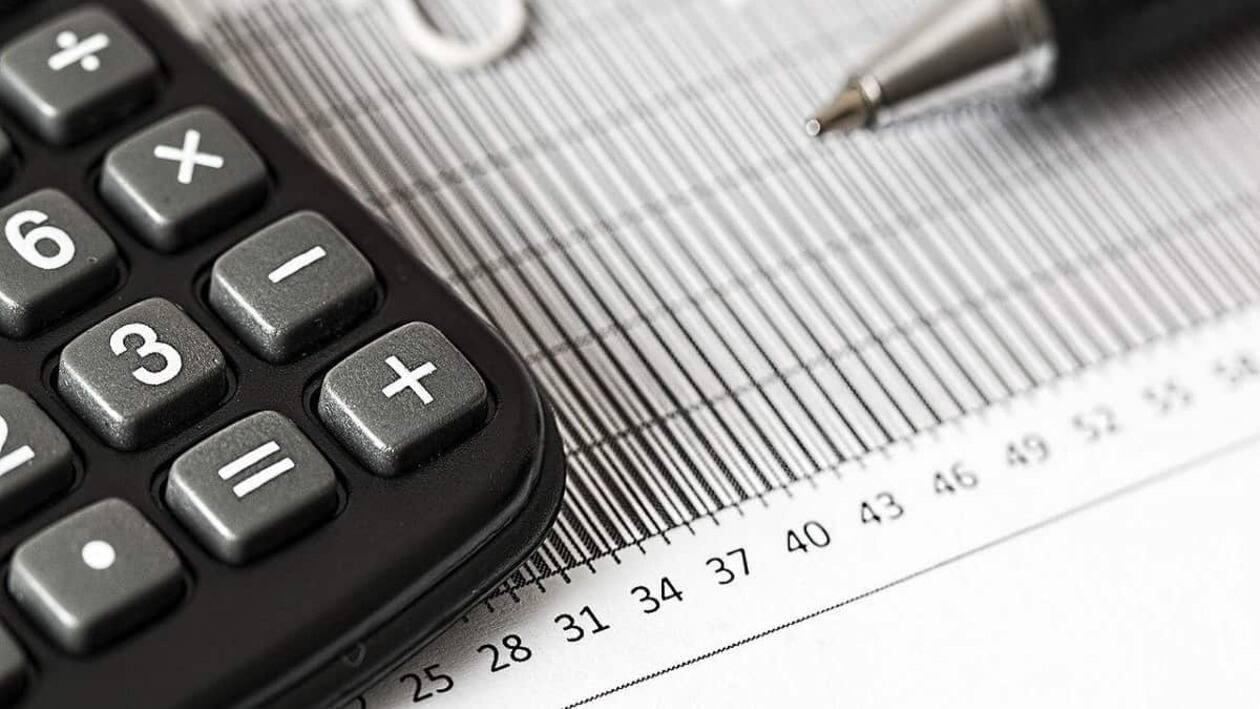Strong domestic economic growth will bode well for the Indian banks as India’s economy is back on track after the pandemic and the military conflict in Ukraine may not derail the country’s recovery, said a note from rating agency Moody's.
Moody's said fears over the impact of the conflict have moderated now and following a robust rebound of over 9% in the year ending March 2022 (fiscal 2021), it expects real GDP to grow 8.2% in fiscal 2022, the fastest expansion among G20 countries globally and partly reflecting ongoing base effects from pandemic-led disruptions.
The buoyant economy creates favourable operating conditions for the country’s banks. Their loan performance and profitability are improving, albeit from a low base. Capital and liquidity levels are stable.
The global economic fallout from the Russia-Ukraine military conflict will push up inflation and interest rates in India and create supply constraints, said the rating agency. India, as an agricultural economy, is a net food exporter but depends on significant agricultural imports such as palm oil. Higher food prices will therefore directly affect inflation while soaring fuel prices will have an even larger adverse impact. India's Consumer Price Index (CPI) was 6.1% before the conflict and had risen to 7% in March.
Indian banks, however, are in better shape now than before the pandemic. Loan quality had deteriorated over the prior decade as a large proportion of the banks’ corporate lending books turned sour, said Moody's.
Corporate stress at that time was linked to multiple factors including slowing economic growth, over-indebtedness and poor governance. Since then, the banks have cleaned their balance sheets and NPLs are falling as a result.
The asset-weighted average of rated banks' gross NPL ratios nearly halved to 5.7% as of 31 December 2021 from a peak of 10.3% at end of March 2018.
"We expect NPLs to decline further as banks make recoveries or write off legacy problem debt, while the formation of new NPLs will be stable as the economy recovers. Loan growth will also help push NPL ratios down by expanding the overall pool of loans, even though new defaults may arise from loans that have been restructured because of pandemic-related economic disruption," said Moody's.
This year, consumer and business confidence is improving and domestic demand is up. Declines in loan-loss provisions as NPLs fall and increases in net interest margins as interest rates rise will boost banks' profitability, while capital, funding and liquidity will be stable and support loan growth, the rating agency added.
